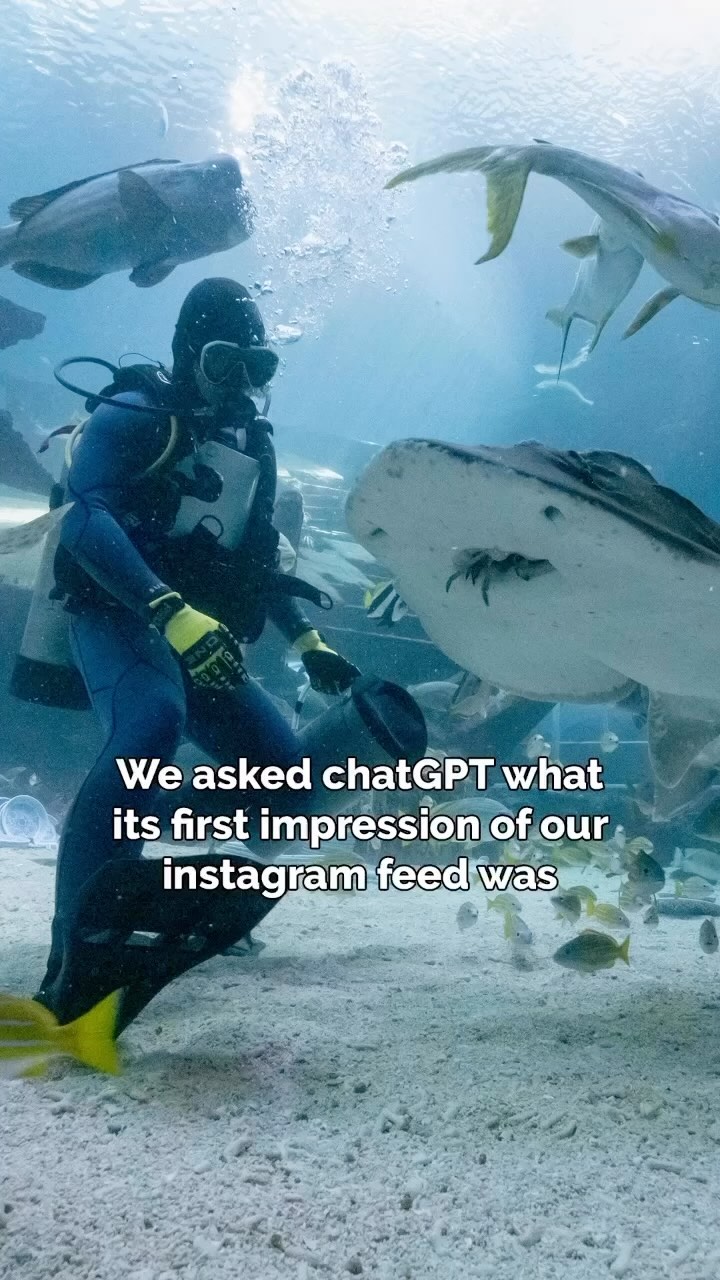- Exploration of Well… what do you think? Instagram post
- The intersection of social media and wildlife conservation
- Importance of public engagement in conservation efforts
- Incorporation of zoological knowledge in public platforms
- Enhancing zoo management through digital outreach
The social media post Well… what do you think?… utilizes a dynamic digital platform to foster interest and engagement in wildlife conservation. This new media approach taps into a wide audience, fostering awareness and driving public interest in supporting zoological and ecological causes. Here’s a deeper look into what this means for conservation, zoo management, and the role of social media in modern environmental efforts.
Well… what do you think? Instagram post effectively harnesses the power of visual content to bridge the gap between wildlife enthusiasts and conservation experts. Instagram, with its vast user base, offers a unique platform to reach diverse demographics. The seamless integration of educational messages within compelling visuals engages followers, encouraging them to become active participants in conservation efforts.
Social media, including Instagram, plays a crucial role in modern wildlife conservation. It serves as a powerful tool for raising awareness, educating the public, and fostering a heartfelt connection with nature. By making conservation topics accessible and relatable, platforms like Instagram break down barriers that previously made scientific content less approachable to the general public.
Zoo management benefits significantly from digital outreach strategies. These online platforms provide zoos with the opportunity to showcase their conservation initiatives, behind-the-scenes activities, and educational programs. Sharing stories and visuals of daily operations and research projects humanizes the efforts and dedication of zoo staff, thus building trust and appreciation among the audience.
Engagement is a cornerstone of effective conservation. Public input, comments, and shares amplify the reach and impact of conservation messages. Every interaction becomes a potential starting point for deeper involvement, such as volunteer efforts, donations, or advocacy. By encouraging audience engagement, zoos and conservation organizations can expand their influence beyond physical boundaries, making a global impact.
Incorporating zoological knowledge into social media platforms requires a blend of scientific accuracy and relatability. The challenge lies in presenting complex information in a manner that is accessible and engaging to a broad audience. This approach not only educates but also fosters a deeper understanding of the importance of species preservation and ecosystem health.
Effective zoo management in the digital age involves leveraging social media as a key communication tool. Regular updates, interactive content, and collaboration with influencers can highlight conservation stories and achievements, thereby keeping the audience informed and motivated. This engagement is not just about spreading information; it’s about creating a passionate, knowledgeable community that supports and advocates for wildlife.
The Well… what do you think? Instagram post epitomizes the new wave of digital engagement in conservation. By combining educational content with user-friendly platforms, it demonstrates how modern methodologies can enhance traditional efforts in safeguarding wildlife. As zoos and conservation organizations integrate these strategies, they not only adapt to changing times but also ensure wider and more effective environmental stewardship. Engaging the public through social media can, therefore, be a potent force in the collective effort to preserve our planet’s biodiversity.
*****
Source Description
Well… what do you think?
class=”instagram-media” data-instgrm-permalink=”https://www.instagram.com/reel/C_SijwGSny9/” data-instgrm-version=”14″ style=” background: border:0; border-radius:3px; box-shadow:0 0 1px 0 rgba(0,0,0,0.5),0 1px 10px 0 rgba(0,0,0,0.15); margin: 1px; max-width:540px; min-width:326px; padding:0; width:99.375%; width:-webkit-calc(100% – 2px); width:calc(100% – 2px);”>


